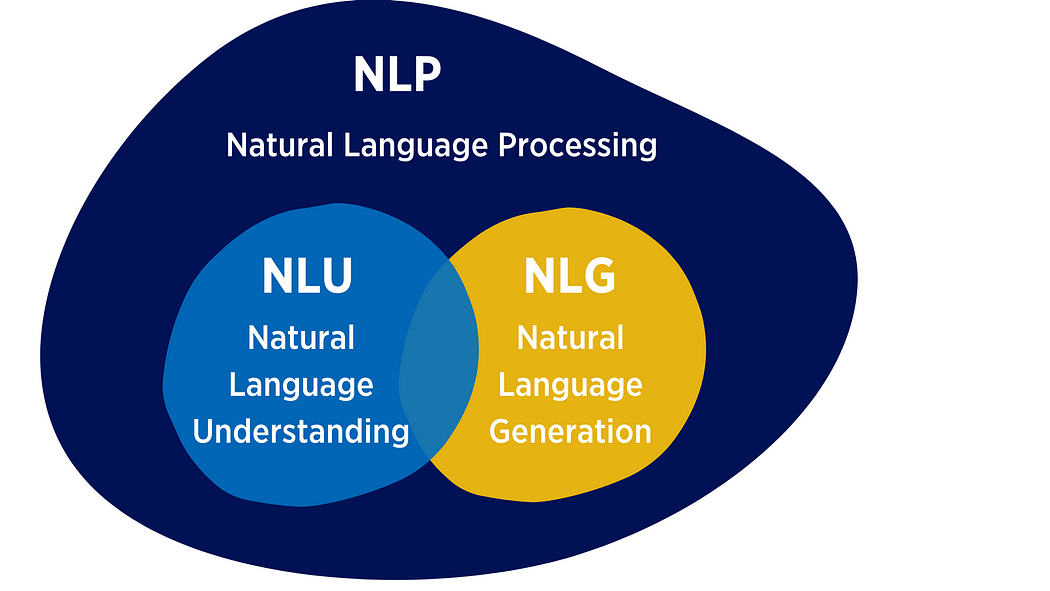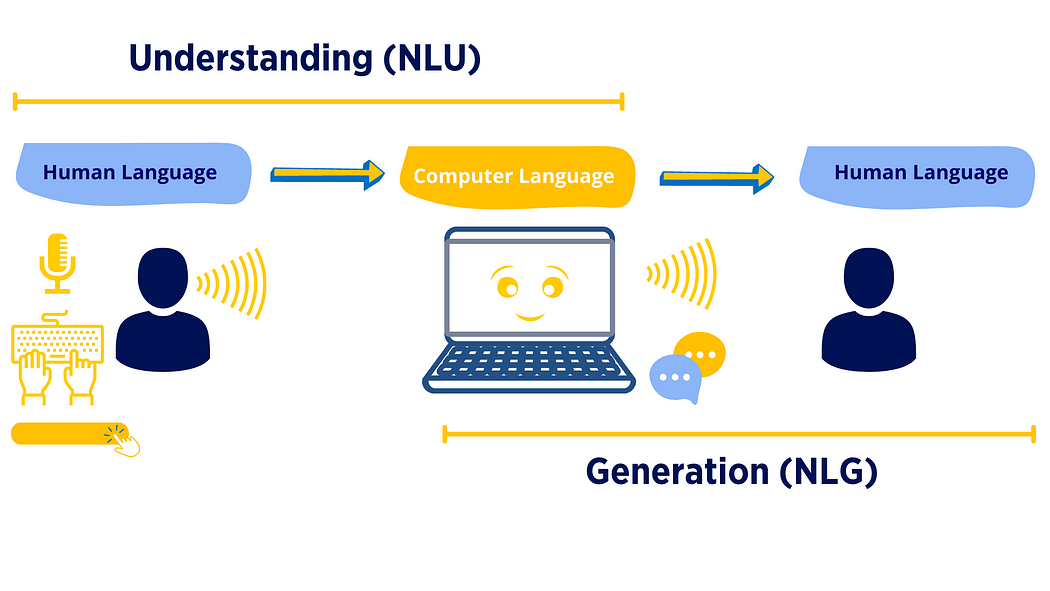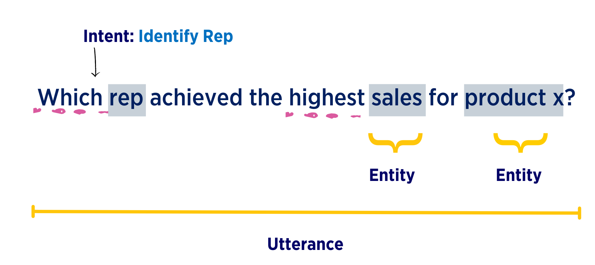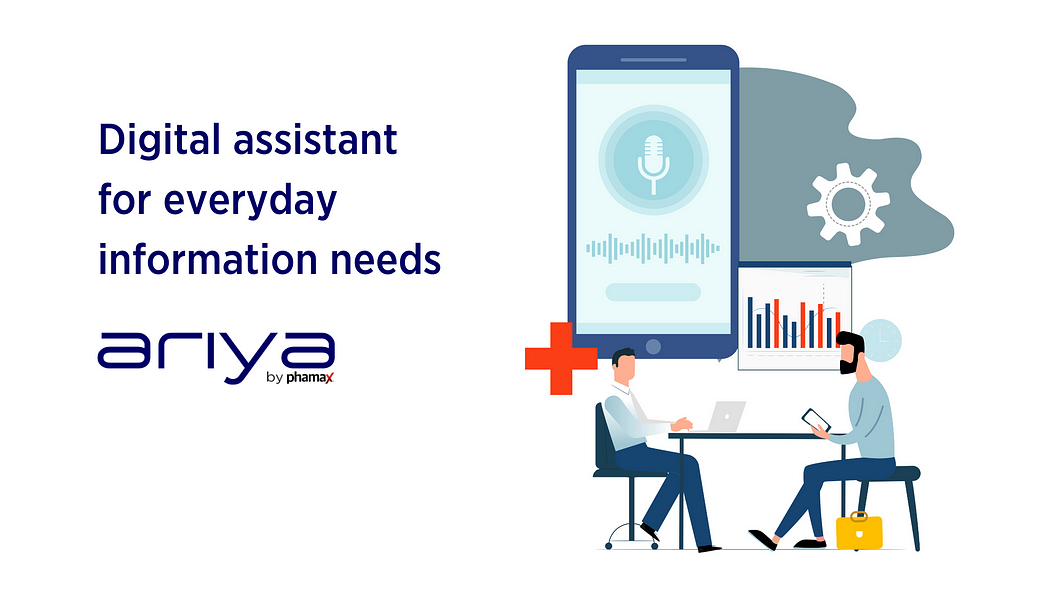Virtual assistants and AI-powered chatbots have become increasingly prominent in recent years, finding applications in various healthcare settings such as hospitals, labs, pharmacies, and pharmaceutical companies. This is largely due to the demand for quick and convenient interactions in the digital customer experience.
According to a comprehensive study conducted by Verified Market Research, the healthcare chatbot market was valued at USD 194.85 million in 2021 and is expected to reach USD 943.64 million by 2030, with a projected compound annual growth rate (CAGR) of 19.16% from 2022 to 2030.
Considering the growing prominence of virtual assistants and AI-powered chatbots in various healthcare settings, it is important to underscore the critical need for AI in healthcare website usage. Recent data indicates that this brief engagement duration poses a significant challenge for companies that have made substantial investments in these online platforms.
Given the sensitivity of medical information on healthcare websites, incorporating AI assistants is a challenging task. Balancing the demand for fast assistance with the complexities of healthcare privacy legislation and the necessity for accuracy is no easy task.

In this blog, we’ll examine the critical features that need to be addressed while implementing AI assistants on your healthcare website.
1. Gateway to the right content
Essential for healthcare AI chat interfaces, access control safeguards security. Tight user access management via identity providers (IdP) permits entry for authorized users and stakeholders. Moreover, location-based content delivery ensures compliance with regulatory standards by offering approved location-specific information. Effective control over access to medical information is of paramount importance in the healthcare industry, particularly when it concerns healthcare professionals (HCPs). This significance arises from the critical nature of healthcare data; it can directly impact patient outcomes, making it a matter of life and death. Geographical considerations further complicate the management of access. Different regions may have distinct regulations, standards, and privacy laws like GDPR that need to be adhered to. HCPs, too, come in various forms, from primary care physicians to specialized surgeons and researchers, each requiring access to specific and relevant data for their roles. To ensure that HCPs have the information necessary for their duties while protecting sensitive data, the implementation of proper access controls is indispensable.
2. Maintain transparency with stakeholders
Healthcare chat interfaces must comply with restrictions when it comes to disseminating medical information, which should be purely nonpromotional. It is mandatory to declare the scope of the digital assistants and inform users if the provision is to collect any personal information or data. Additionally, it’s important to include a disclaimer highlighting that all the information provided is purely informational and in no way substitutes for advice from a medical professional.
3. Limiting user interactions with purpose-driven AI
While processing medical information requests, AI digital assistants act as safeguards, allowing user interaction only when intentions are clear. These purpose-driven AI assistants focus solely on providing medical information. If a user’s intent is beyond their scope or requires urgent action, the digital assistants should direct them appropriately. For example, any requests requiring immediate attention or falling into the category of reporting an event should be directed to qualified personnel who can assume responsibility from the machine and respond with human intent.
4. Ensuring precision through trusted sources
In a healthcare setting, the integration of AI chatbot features with approved sources is imperative. Accuracy and controlled access to information are paramount, and AI chatbots play a vital role in achieving this. These chatbots should be seamlessly connected to regulated and trusted sources, ensuring that the information they provide is not only accurate but also compliant with the stringent healthcare regulations. By accessing and delivering information from these approved sources, AI chatbots become indispensable tools for healthcare professionals, facilitating rapid, precise, and compliant data retrieval, ultimately enhancing patient care and safety.
5. Keep “Human-in-Loop” to ensure accuracy
AI digital assistants in healthcare need domain training to grasp medical queries, employ specialized terminology, and offer contextually fitting responses. This training of NLP and LLMs ensures regulatory compliance, tailors interactions, and bolsters credibility in delivering relevant information from authorized sources only.
6. No scope of AI hallucination with efficient content curation
In the context of healthcare, when applying generative AI to AI chatbots, the utmost importance lies in eliminating any possibility of AI hallucination. HCPs and patient care demand the highest standards of accuracy and reliability. Thus, stringent monitoring and validation measures must be in place to ensure that these chatbots do not generate misleading or inaccurate information. Their role in healthcare is critical, and their responses must be rooted in verified data, safeguarding patient care and safety as the top priority. AI chatbots in healthcare should be a source of trustworthy, fact-based information, upholding their responsibility in the accurate dissemination of knowledge to both HCPs and patients.
7. Keep the knowledge source up-to-date
Ensuring the accuracy of medical information relies heavily on maintaining up-to-date and relevant information sources. It is essential to make notifications mandatory whenever changes are applied to the data stored in the system’s knowledge base.
8. Stay safe with Responsible AI
- Data Encryption: The AI chatbot should ensure data is always secure with robust security measures to safeguard data during storage, transmission, and processing.

- Data Privacy: Ariya prioritizes data privacy by embedding it into our AI model’s design and development from the start. We carefully anonymize or pseudonymize personal and sensitive data, protecting individuals’ identities throughout the dataset.
- Data Archive Management: Ariya ensures compliance and preserves historical data for future needs. It also establishes secure data deletion protocols when data is no longer required.

- Compliant: With Ariya, you can navigate the complex landscape of compliance and legal considerations with confidence, knowing that your organization is well-equipped to meet regulatory standards, including GMP, and operate within the bounds of the law.
Ariya, our AI-powered digital assistant for medical information, has been meticulously developed with a strong focus on simplifying access to medical information for our external stakeholders. We have collaborated closely with our clients to refine Ariya, tailoring it to meet the specific demands of healthcare professionals (HCPs) and assist Medical Affairs teams in efficiently disseminating and regulating medical information through the responsible use of AI. This collaborative effort ensures that Ariya is well-equipped to serve the information needs of HCPs while maintaining regulatory compliance.
Ready to integrate conversational AI chatbots on your healthcare website?
To fully realize the potential of AI-powered conversational healthcare, companies will need to go beyond technology when developing futuristic healthcare chatbots. They will need to carefully assess various issues that may influence chatbot adoption in the healthcare business.
At phamax, we’ve designed Ariya, a tailored AI-powered digital assistant crafted exclusively for the healthcare industry. We understand the diverse information needs of Healthcare Professionals (HCPs) and the importance of effective medical information dissemination for Medical Affairs teams. Collaborating closely with our clients, we’ve fine-tuned Ariya to meet these specific requirements. Guided by domain-trained experts, Ariya provides precision and relevance in every interaction. Our dedication to accuracy and compliance ensures that Ariya is a trusted resource for healthcare websites. With Ariya, you can enhance efficiency, streamline communication, and maintain responsible AI usage in the healthcare sector. Trust Ariya for delivering the highest standards of information on your healthcare website.
Schedule a call to discover how Ariya can boost engagement on your website and effortlessly transform it into an AI-driven platform.





















